Mary Queen of Scots: Drama Queen
Mary Queen of Scots is one of the world’s best known and instantly recognisable icons, with her austere clothing and heart shaped headdress. Crowned Queen of Scotland when she was less than a year old, her tumultuous life was filled with uncertainty, but the way she dressed, from her early years in France, to her later time as a prisoner in England, revealed her tenacious and unstoppable spirit. When the Scottish minister, theologian and writer John Knox claimed “Men will never bow down to the weaker sex,” Mary blithely replied, “and they will suffer greatly for it.”
From the tender age of 5, Mary’s marriage to the 3-year-old Dauphin of France was set in place. Mary grew up to be a tall, striking young woman; she was almost six feet tall, at a time when women were much smaller than today. She had flame red hair and porcelain white skin, while her smooth, slim white hands were said to be her most distinctive feature. All this meant when she was sent to France to marry the Dauphin in her adolescence, she made an instant impression, dazzling the French courts with her commanding beauty. Mary’s maternal grandmother, Antoinette de Guise lived in France, and was transfixed by her granddaughter, calling her “very pretty, graceful and self-assured.”
In 16th century France, white was associated with mourning, but unusually Mary bucked the trend, becoming one of the first women to ever wear a white dress, a trend that would become mainstream in later, Victorian times. A historical account of their wedding titled the Discours du grand et magnifique triumphe, observed how, “(The) Queen Dauphine … was dressed in a garment white as a lily and so sumptuously and richly made that it would be impossible to describe it…”
As illustrations have revealed, in her role as Queen consort of France she wore intricately embroidered court gowns, with tiny, corseted waists, flattened chests, huge, puffed, slashed sleeves, high collars and full skirts. A staunch Catholic, rosary beads and crosses often trailed long around her neck, falling into her skirt below. Her fragile husband had a string of health issues and sadly died just two years into their marriage. Devastated by her loss, Mary wrote a stirring poem in homage, including the verse, “By day, by night, I think of him/in wood or mead, or where I be/My heart keeps watch for one who’s gone/And yet I feel he’s aye with me.”
Following her loss, Mary wore the traditional white, French mourning veil of the French court, with a wide, heat-shaped crown and a veil of thin, white linen running under her chin. Known as the ‘Paris heads’, these headdresses were a variation of the popular French hood, but following Mary’s adoption, were often referred to as the ‘Mary Stuart’ cap. The striking image of her dressed in this veil has become one of her best known and most reproduced, lending her a status as the eternal widow. French 16th century poet Pierre de Ronsard saw her as a saintly figure in this dress, writing to her, “(You are) like a sacred image … your long fine mourning veil billows fold upon fold like a sail on the breeze.”
No longer Queen consort to France, Mary returned to Scotland, finding the country in the midst of riots and discord. The clothing she wore as Queen of Scotland was mostly black, with accents of white and red, while her neck and wrists were adorned with high ruffs and collars, echoing the British tudor style. As the British colour for mourning, black might seem an obvious choice, but she was also said to love the way black and white made her dazzling, pale complexion and red hair stand out, as revealed in many of her portraits from this time. Evidence has revealed Mary also made use of pippins, or miniature dolls, which would be dressed in small replicas of clothing and sent to her as showcases, allowing her to select the finest clothing for both her and the Scottish court.
Strong and athletic, Mary had a penchant for the outdoors and loved roaming the Scottish countryside. The various activities she enjoyed include croquet, golf, hunting and archery. For these activities she found women’s clothing hugely restrictive, and was said to admire the soldiers on night sentry duty, wishing she, too, could “be all night on the fields and …walk the causeway with buff-coat, steel helmet, buckler, and broadsword.”
Mary married her cousin, Lord Darnley in 1565, but their marriage was also short lived. Murdered under mysterious circumstances just two years later, Mary found herself once again a widow. But her third marriage, to the Earl of Bothwell proved even less successful or popular, ending with his imprisonment and death. Following a rebellion, Mary was forced to abdicate and flee Scotland.
Hoping to find solace in her Protestant cousin, Elizabeth I, Mary ran to England. But Elizabeth saw Mary as a threat, holding her captive for nearly twenty years, before trying and finding her guilty for plotting to murder her. On the day of her execution, Mary wore a black cloak, with a white veil over her head. Just before her death, she dropped the cloak to reveal a brilliant, crimson red dress beneath, the colour of Catholic martyrdom, a final act of triumphant defiance.





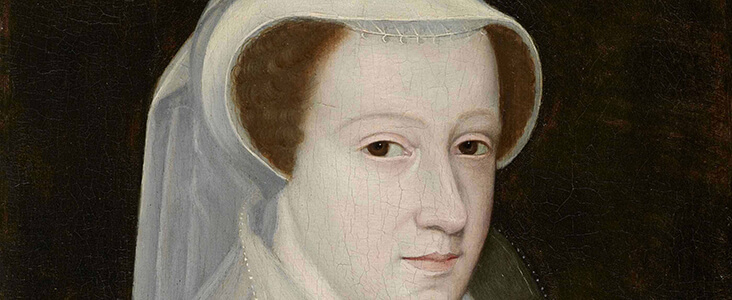


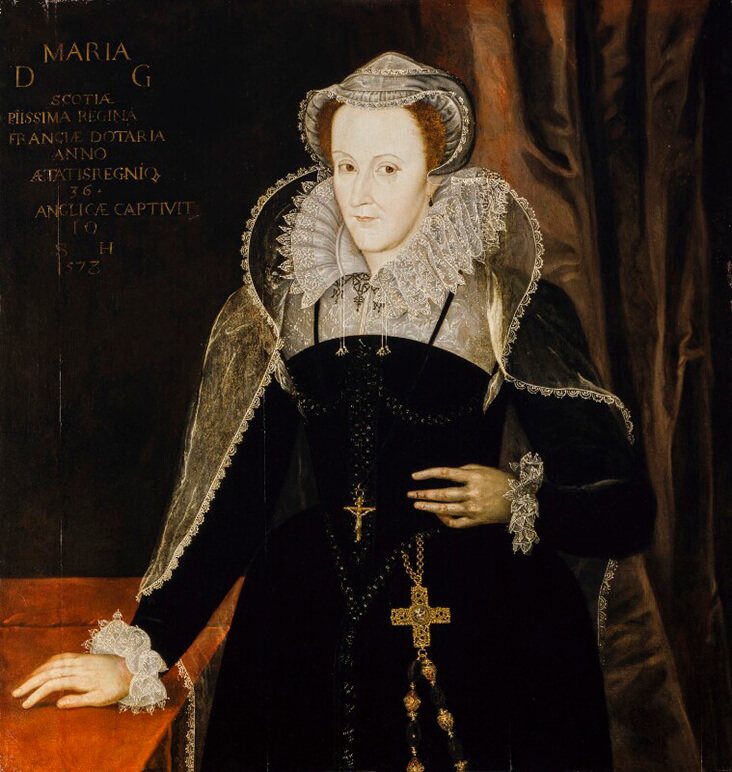
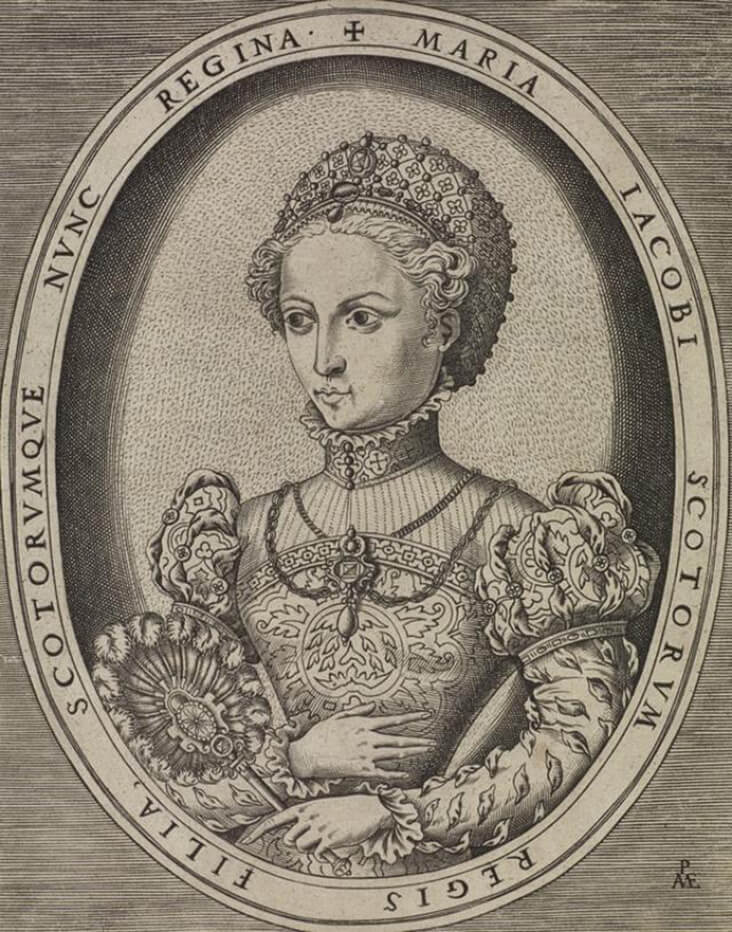





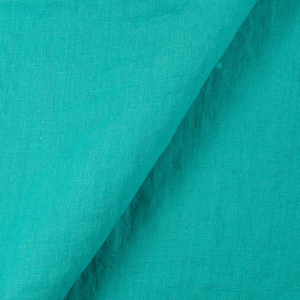


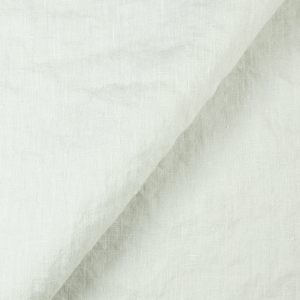

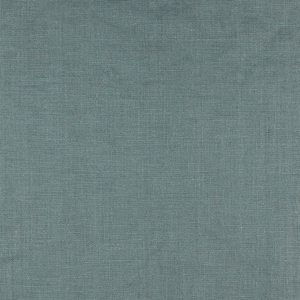





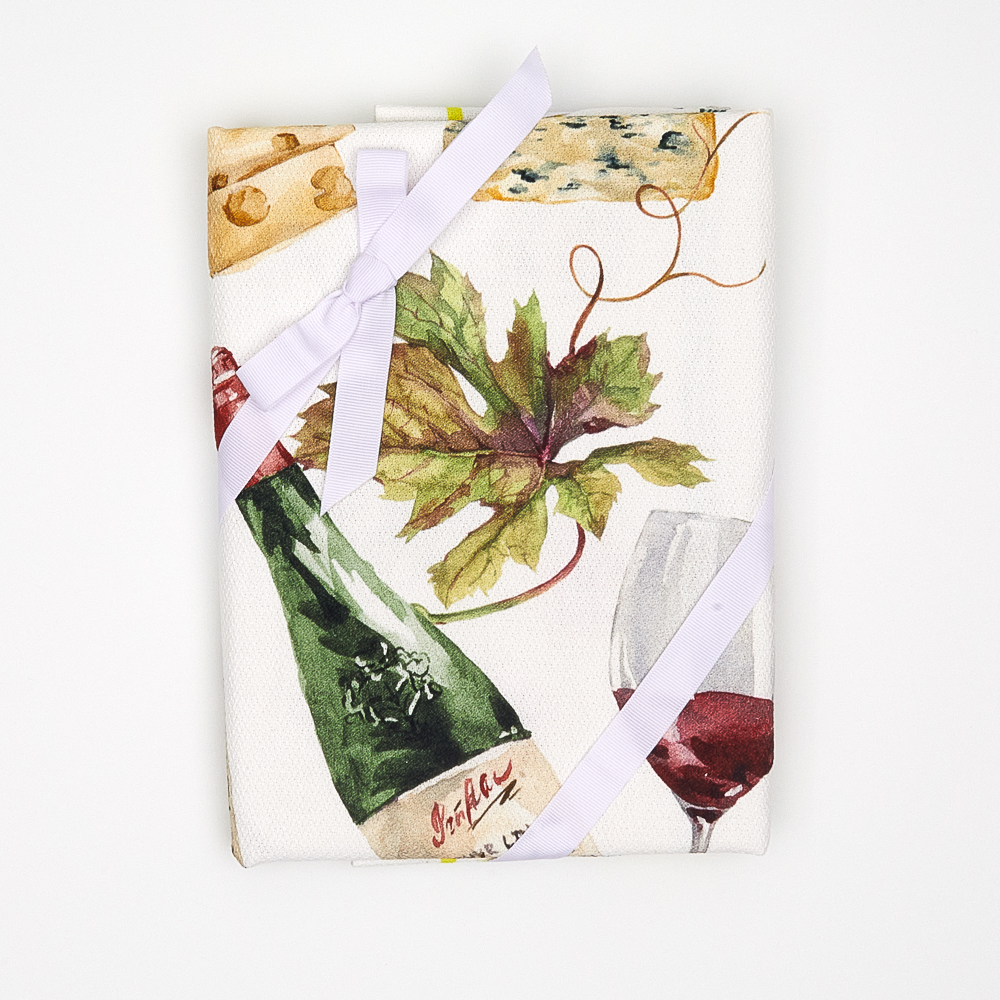














3 Comments
Glenna Miller
Thank you for posting this article!!
Sherry Greene-starr
Absolutely fascinating! Thank you so much for this insightful piece.
Vicki Lang
thank you for such a wonderful article of Mary of Scots.